A view of the US: The Whitney Series Part 2 - New York and the Post WWII Existential Crisis
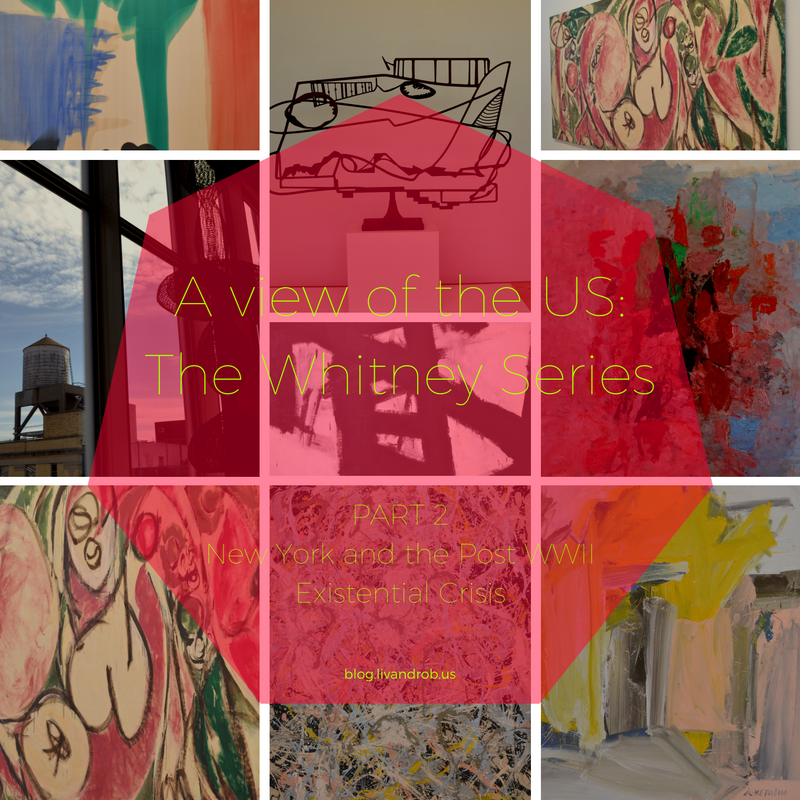
As an ex-pat, I feel I am always looking in as if through a glass barrier. So the Whitney is a really cool experience, because this is the US. Through art. Not art’s prism. Art. Here it is.
Following the tragedy of WWII and the transcendental change that fell upon the post-war world, US artists began to pursue a respondse through art that was deliberately and entirely new.
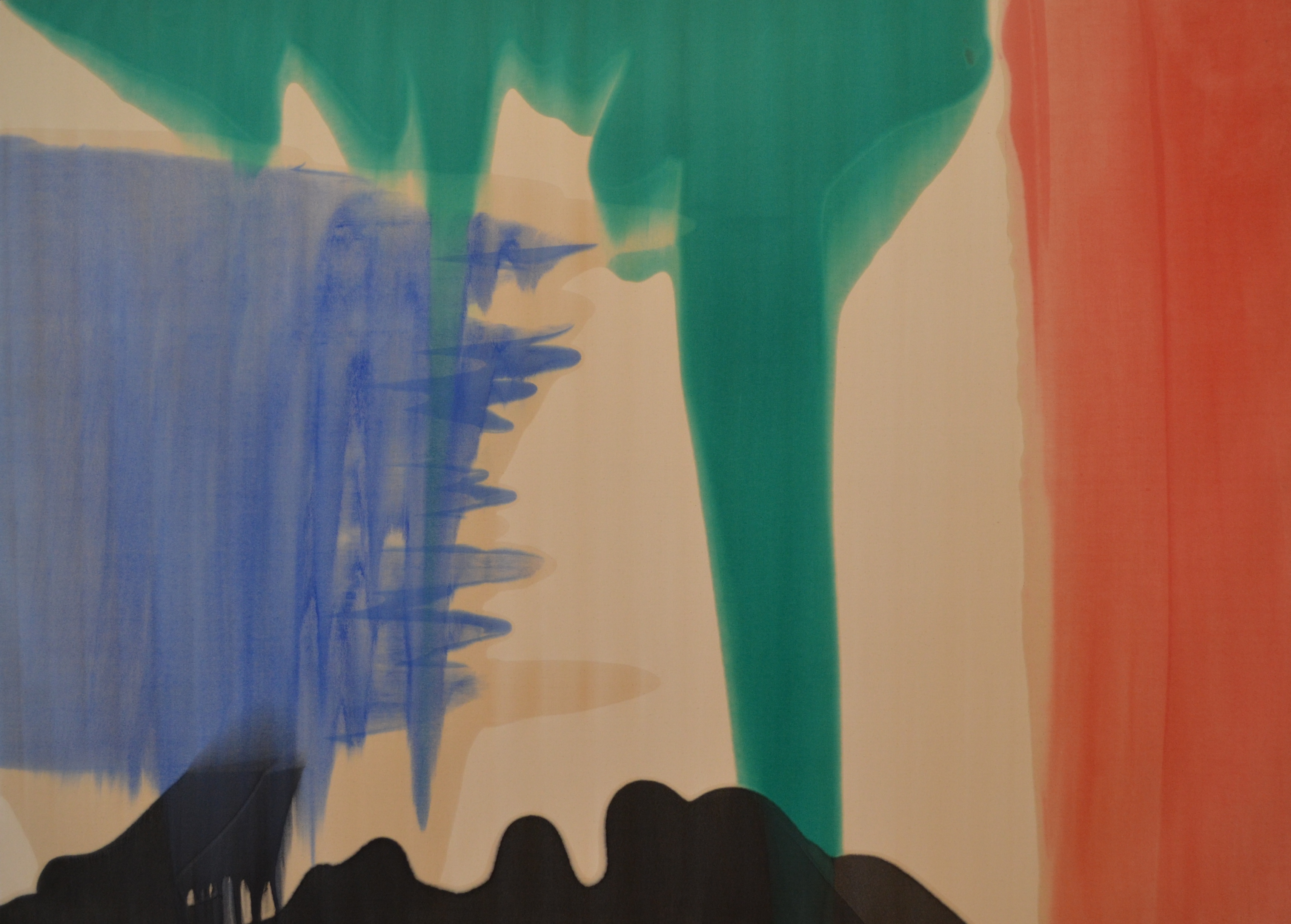 Morris Louis, Addition II, 1959
Morris Louis, Addition II, 1959Artist such as Jackson Pollock and Helen Frankenthaler explored and developed upon the spontaneous relationship between canvas and material via new techniques evoking the new Abstract Expressionist aesthetic. Other artists were inspired to take European Surrealism forward with exploration of psyche, automatic drawing and personal symbolism in colour and brushstroke.
This is my fave room. Abstract speaks to me more and more as I get older. Ew, did I really write that? It sounds like such wank, but I think it’s true, and I wonder why that is.
 Lee Krasner, The Seasons, 1957
Lee Krasner, The Seasons, 1957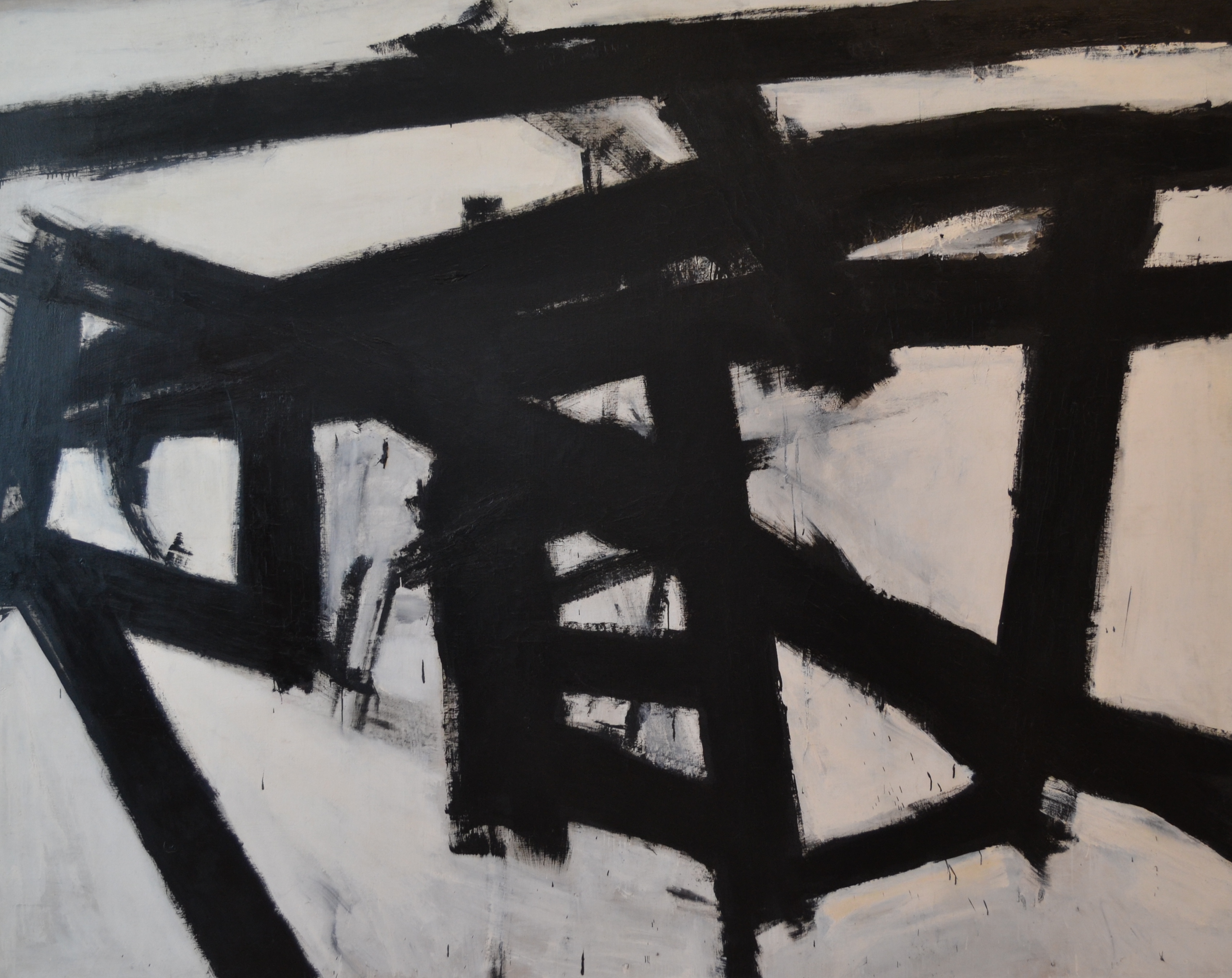

With that in mind, Kline’s aggressive strokes, in equal measure the black and the white, are like dancers. Perhaps like Stravinksy’s Le Sacre and the violent dance to the death. The reduction of palette to black and white makes this work really special and striking.
In Krasner’s Addition, colour is also a player on the stage, and the broad strokes speak to me of movement, and life, and light.
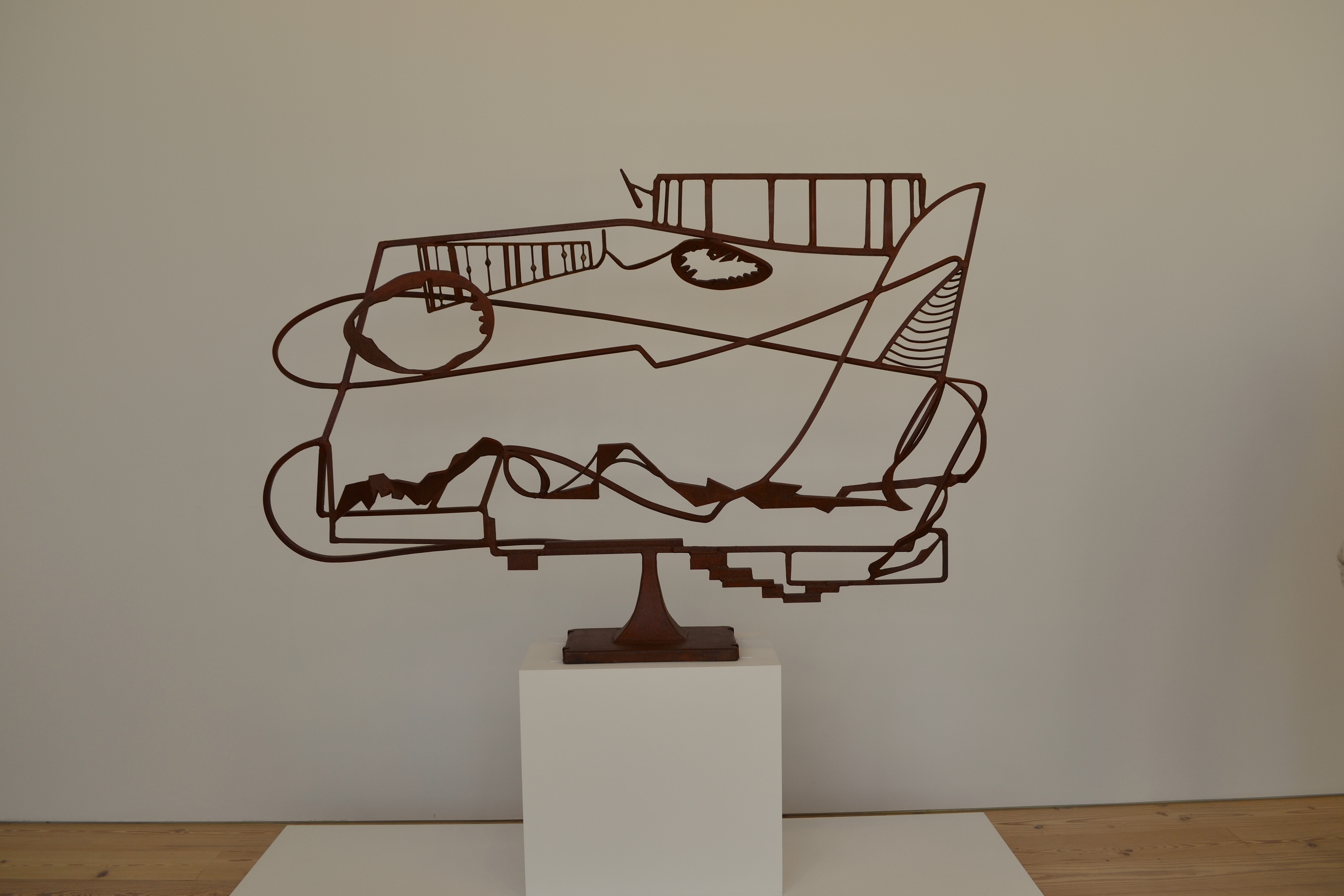 David Smith, Hudson River Landscape, 1951
David Smith, Hudson River Landscape, 1951The Hudson symbolises the beginning of the colonization of Manhattan, and was the crucial north vein and trade route up the center of the state.
In the present day, in summer as the island melts into pools of body fluid, and garbage juice, the Hudson brings the ocean breeze to the north west greenway of Manhattan providing a source of relief from Chelsea to Washington Heights.
Setting over New Jersey in the west the sun paints the skies deep red, and burning orange over the soft sparkling water of the river all through spring and summer.
 David Smith, Hudson River Landscape, 1951
David Smith, Hudson River Landscape, 1951David Smith’s Hudson River Landscape is another such expression of the significance of this natural vein on the city’s west side. He conceptualized the sculptor during train rides up-state, and the position of the work is beautifully curated in full natural light from floor-to-ceiling windows on the museum’s east side, with the city in full view.
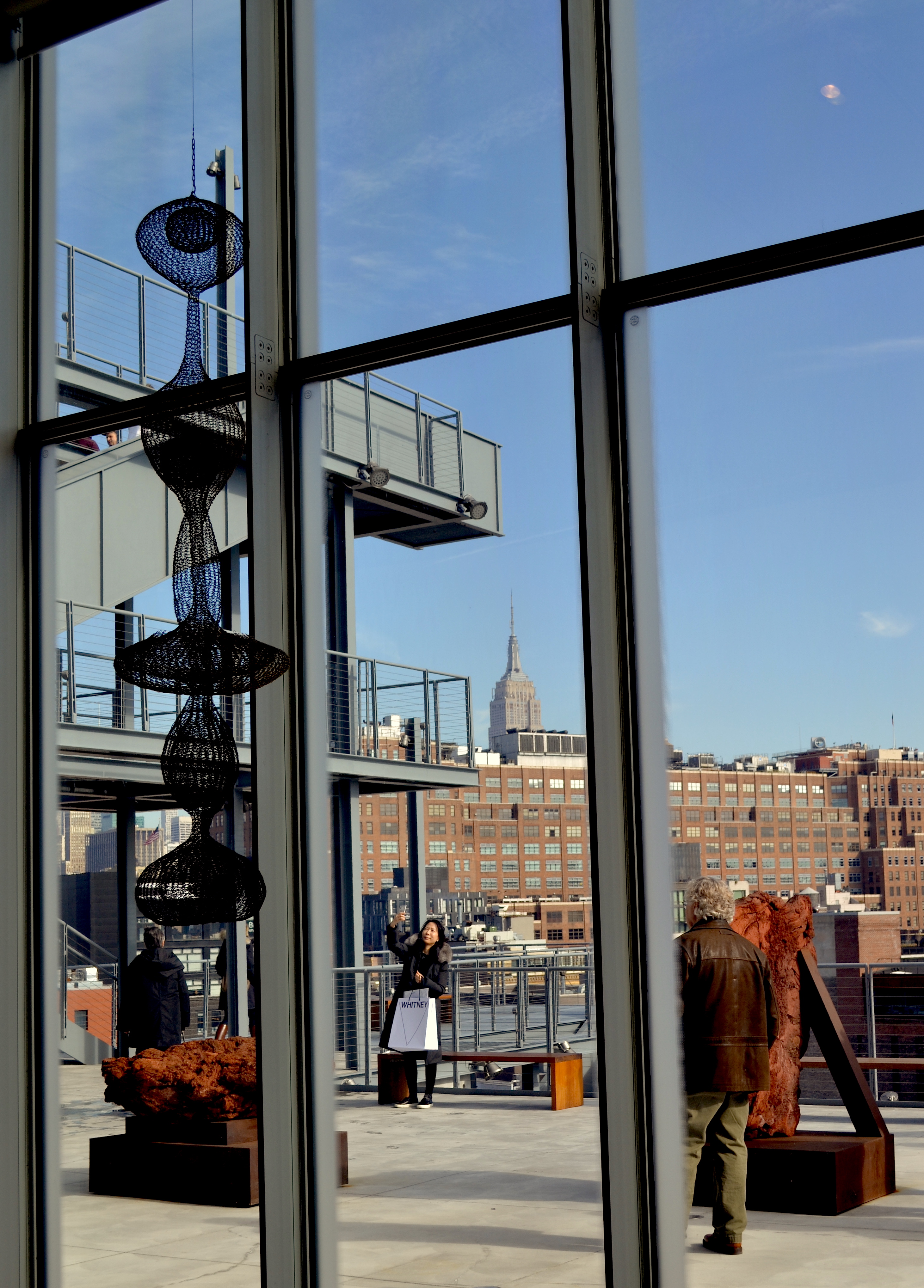
Ruth Asawa, Number 1 - 1955,1954
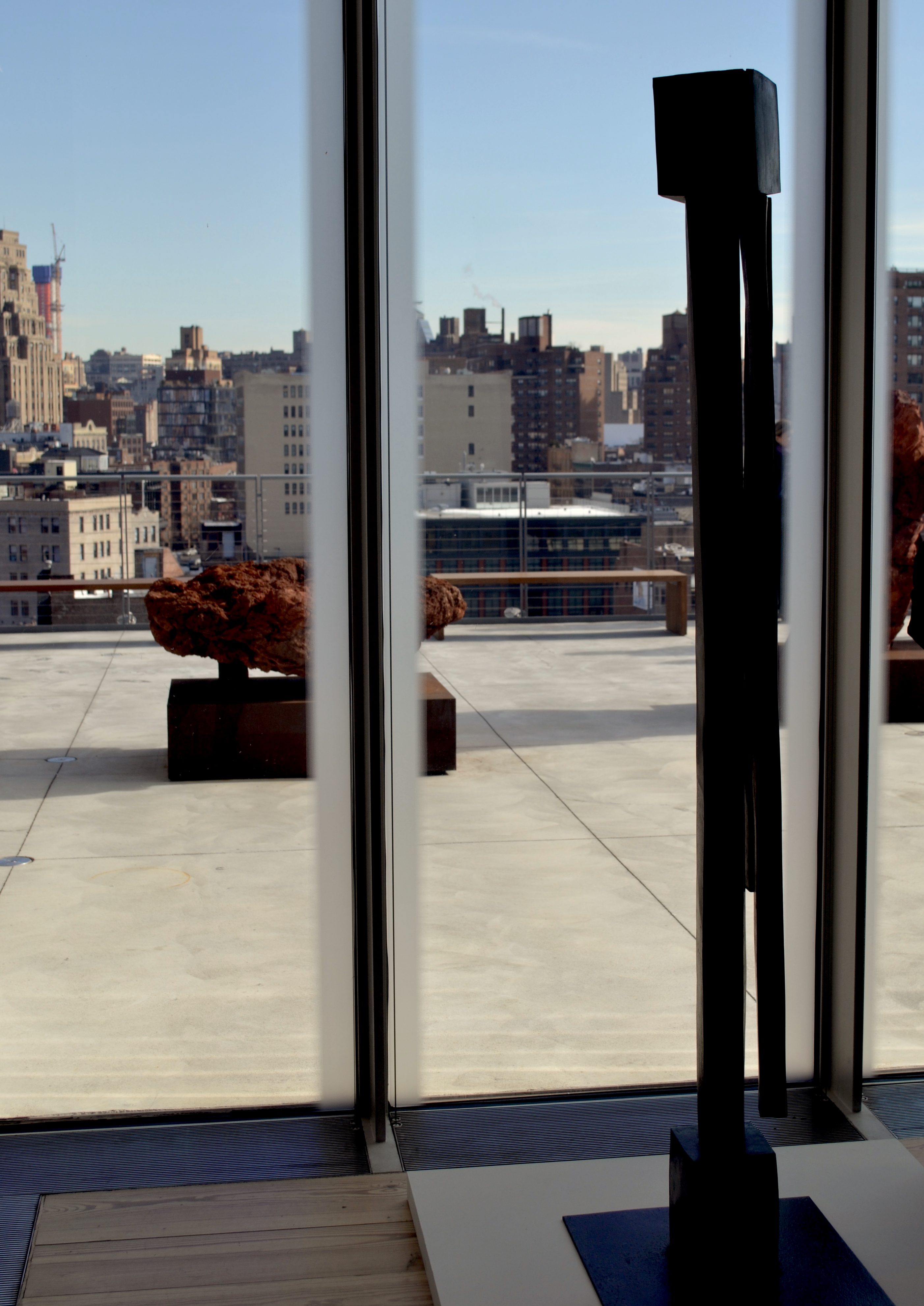
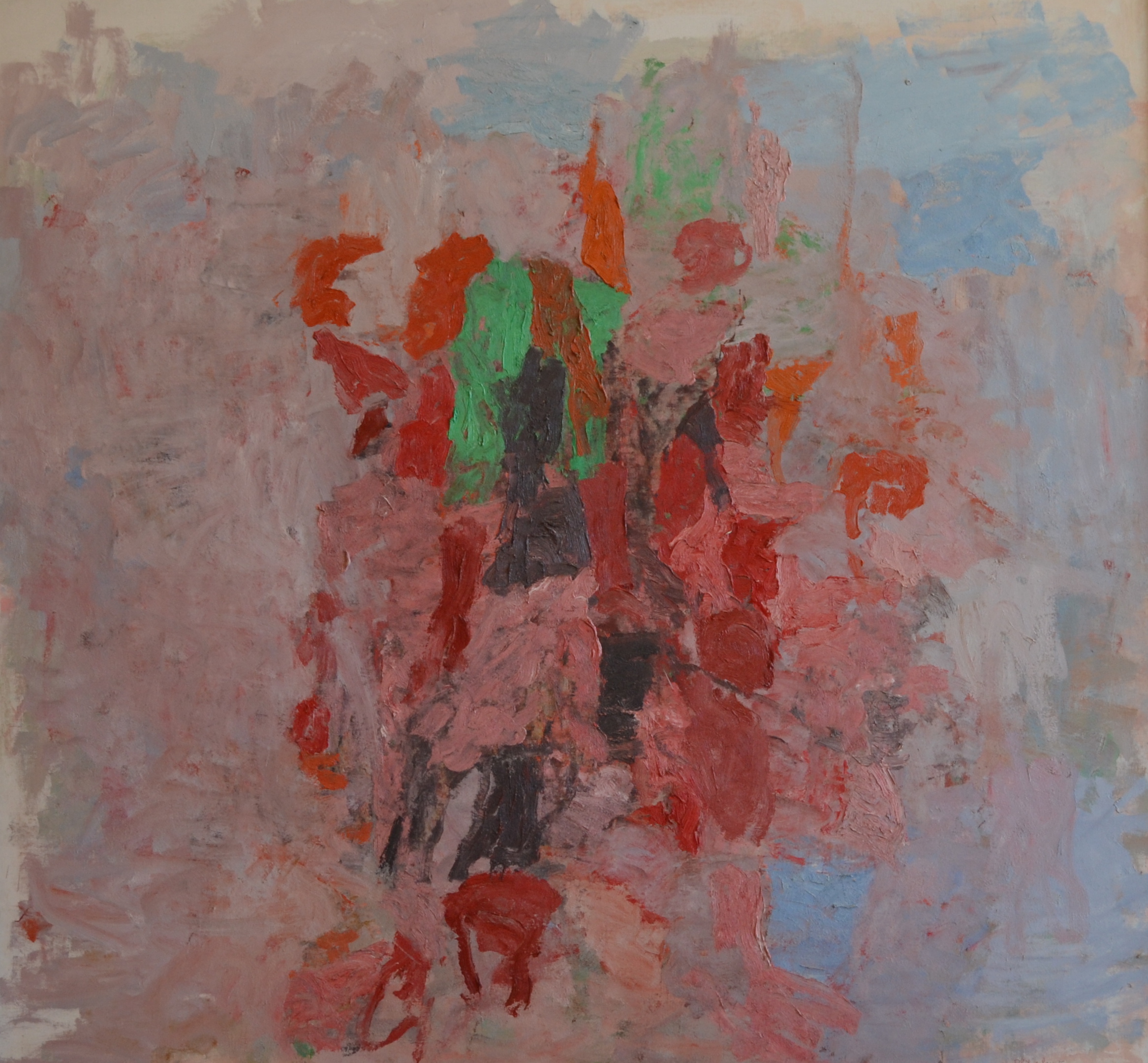
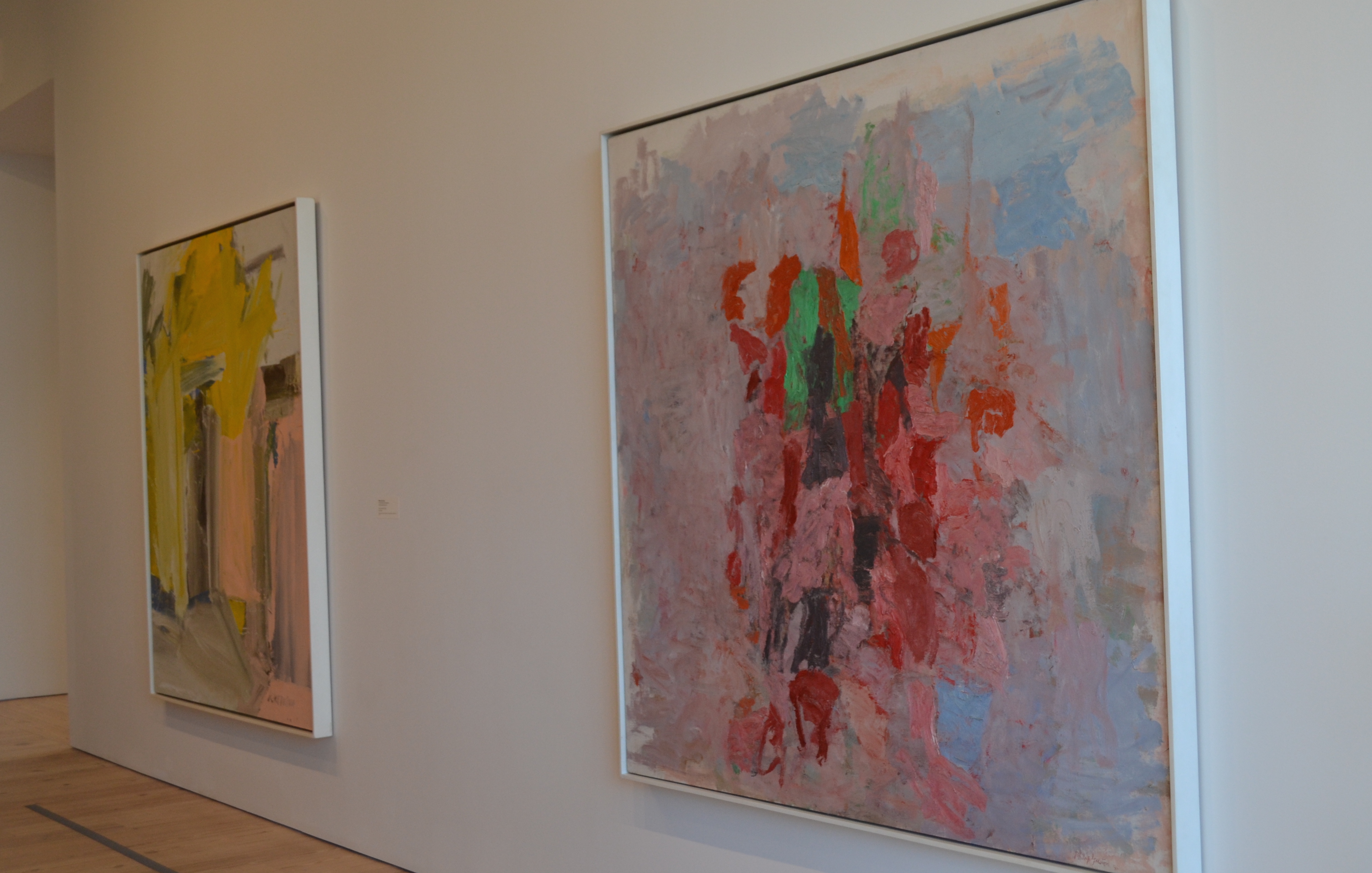
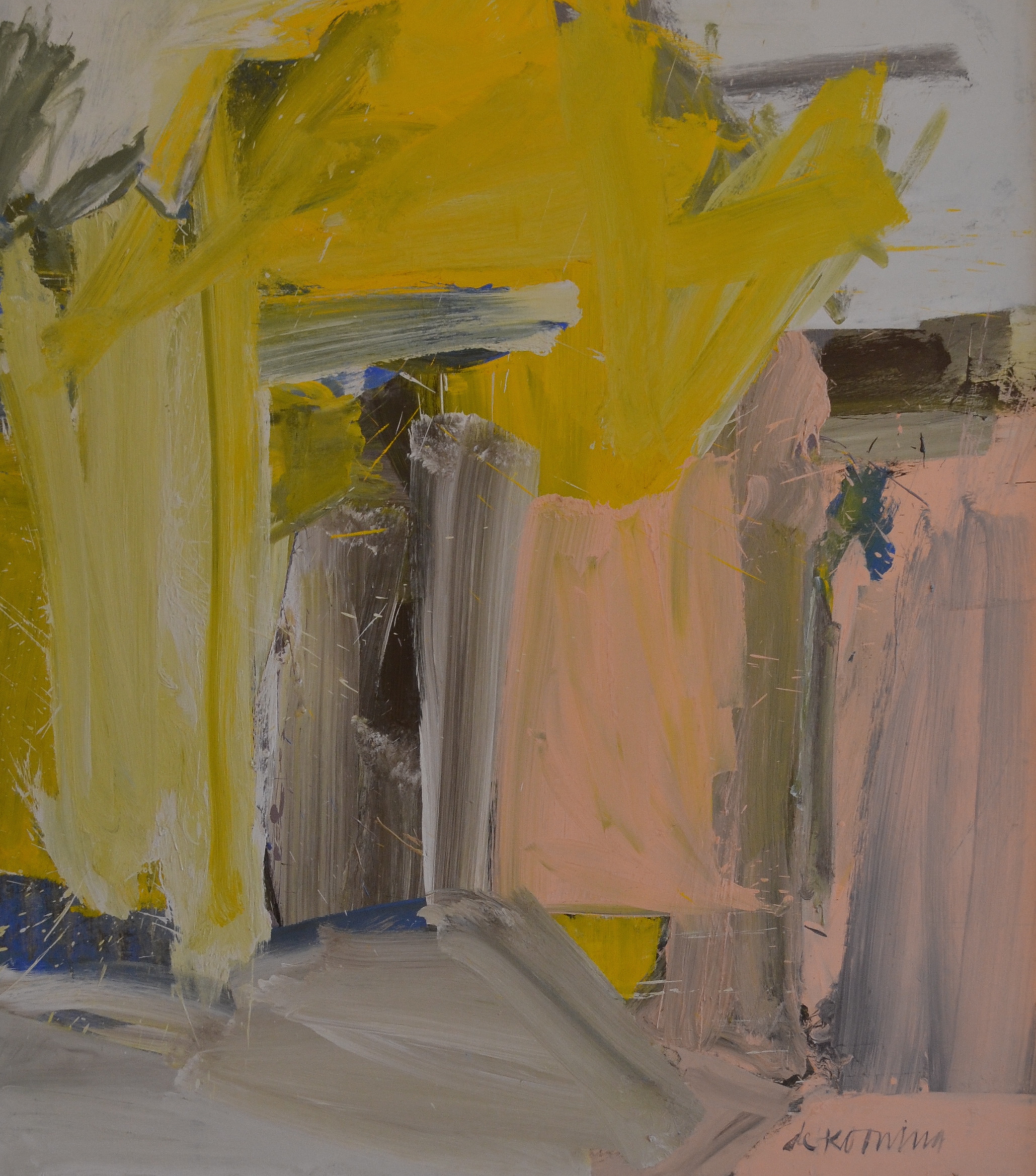 Willem de Kooning, Door to the River, 1960
Willem de Kooning, Door to the River, 1960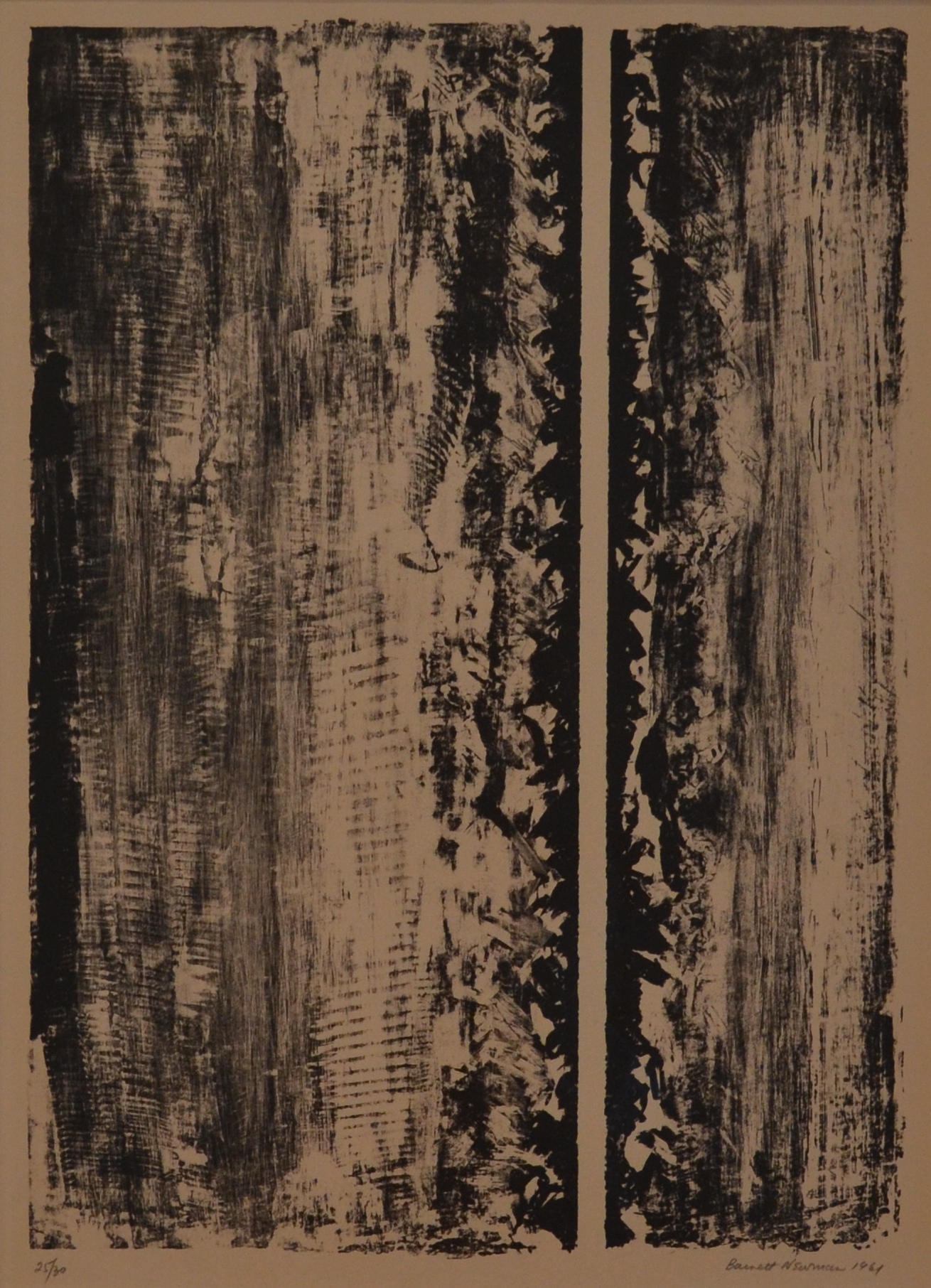 Barnett Newman, Untitled, 1961
Barnett Newman, Untitled, 1961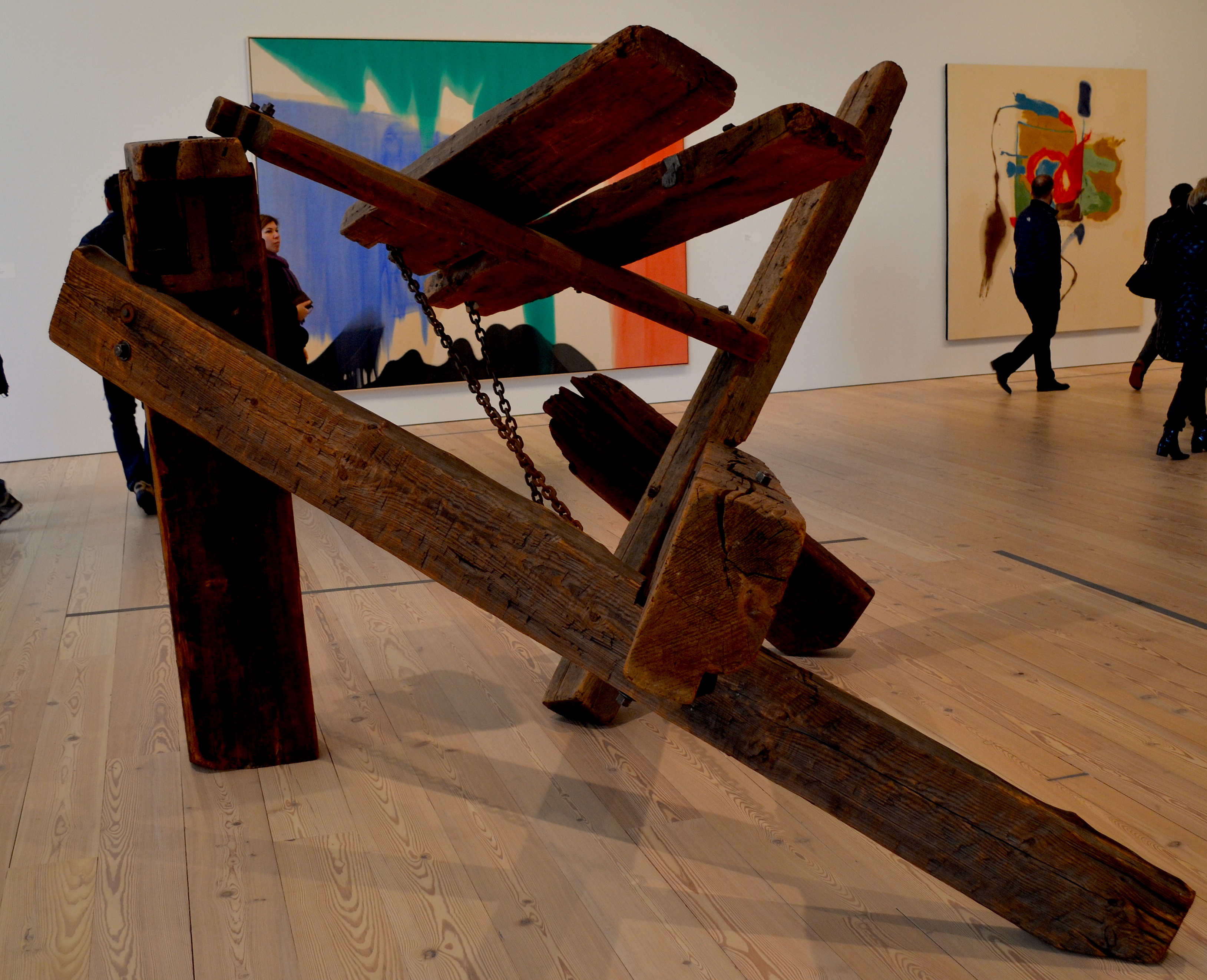 Mark di Suvero, Hankchampion
Mark di Suvero, Hankchampion 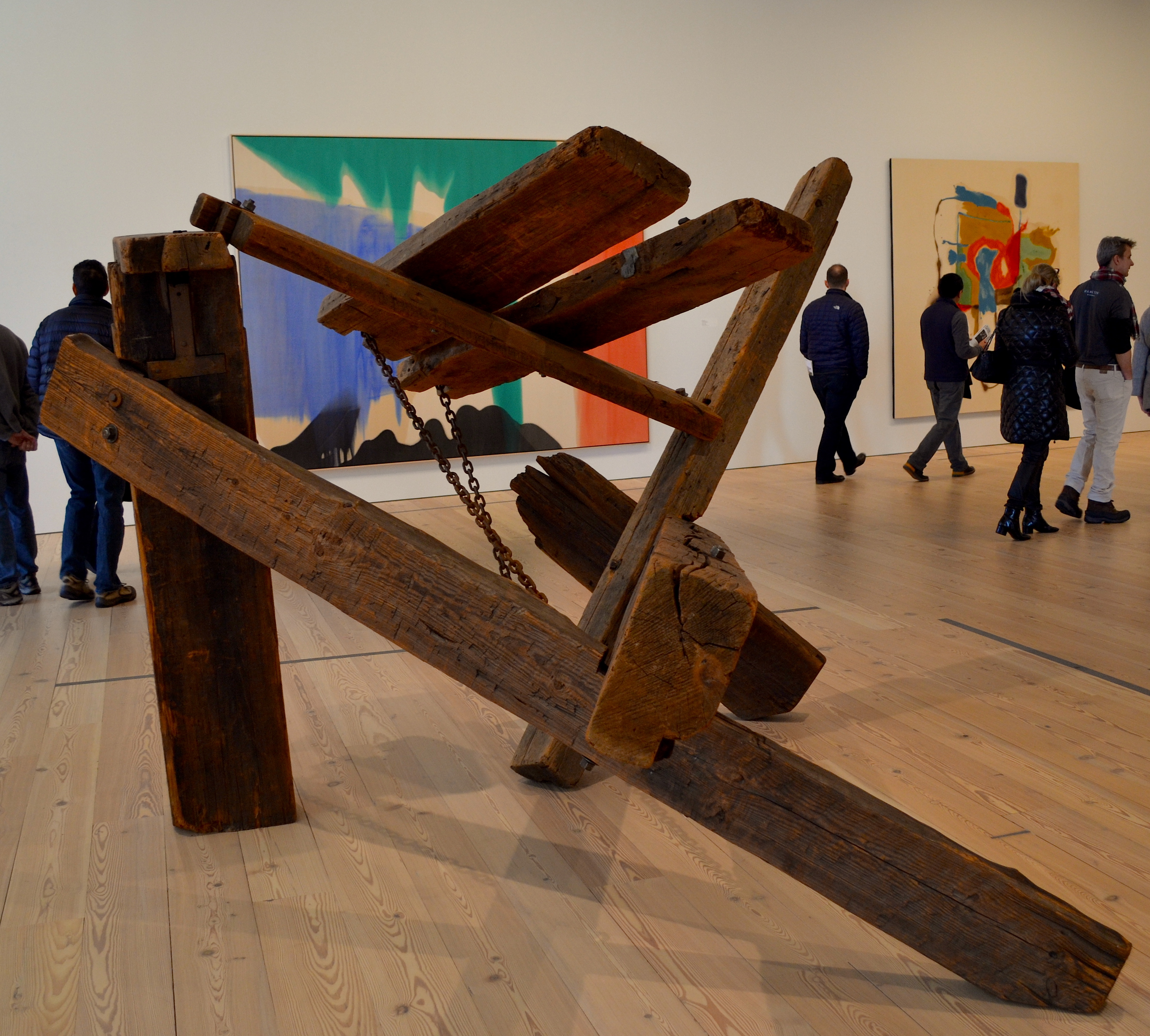 Mark di Suvero, Hankchampion, 1960
Mark di Suvero, Hankchampion, 1960 

It also appeals to the romantic in me that Krasner’s The Seasons hangs opposite this Pollock painted in 1950 in his famous drip paint technique with the canvases lying horizontal on the floor.
The Pollock provides a fitting segway into the final piece of this floor, moving into post-WWII art and the rise of veuyerism, exhibitionism, and circus in US culture, which I’ll talk about in part 3 of this series!
Come to New York, go to the Whitney, check out the post-war Abstract Expressionists, and let us know what you think!
Happy travelling!
Liv and Rob xx

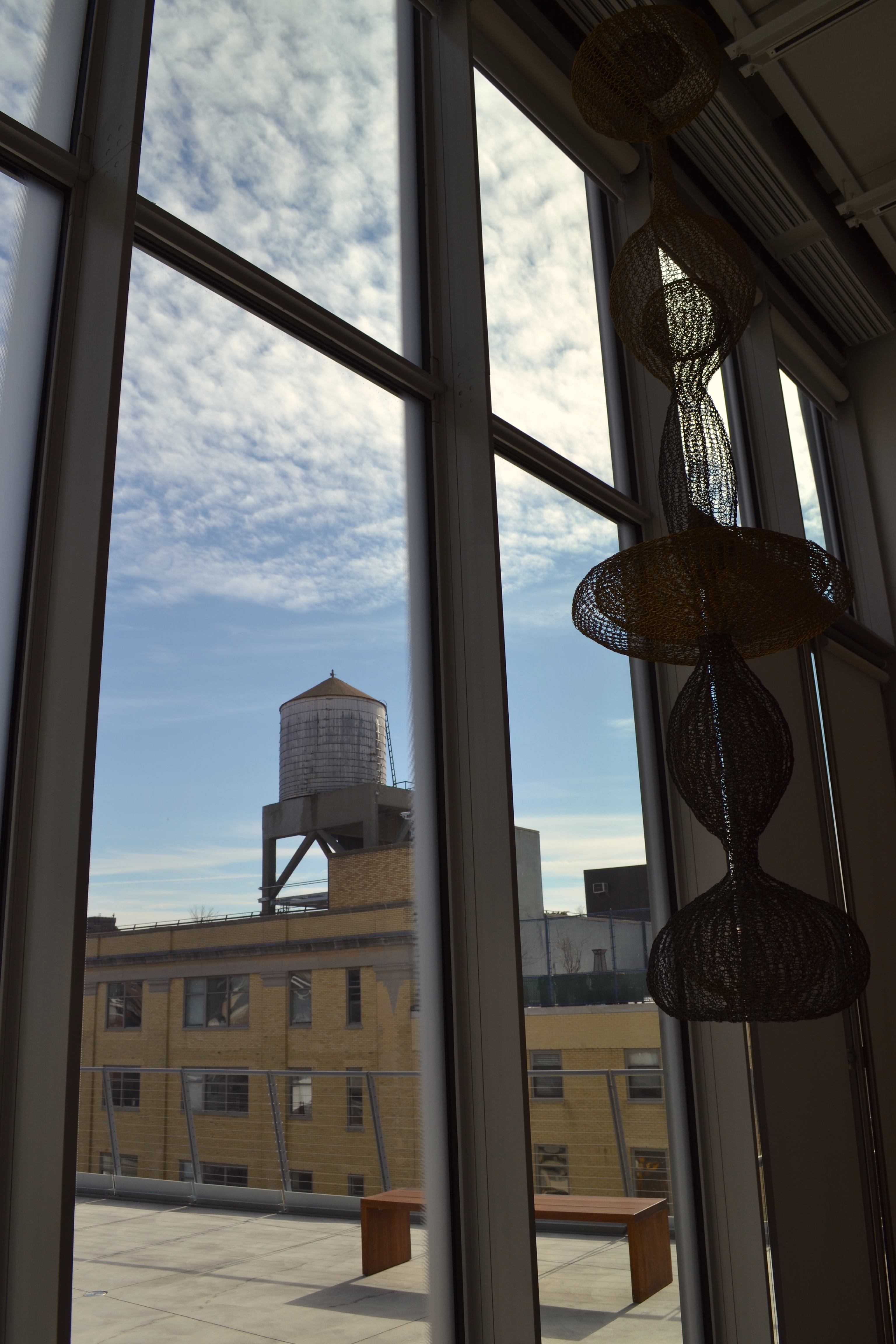
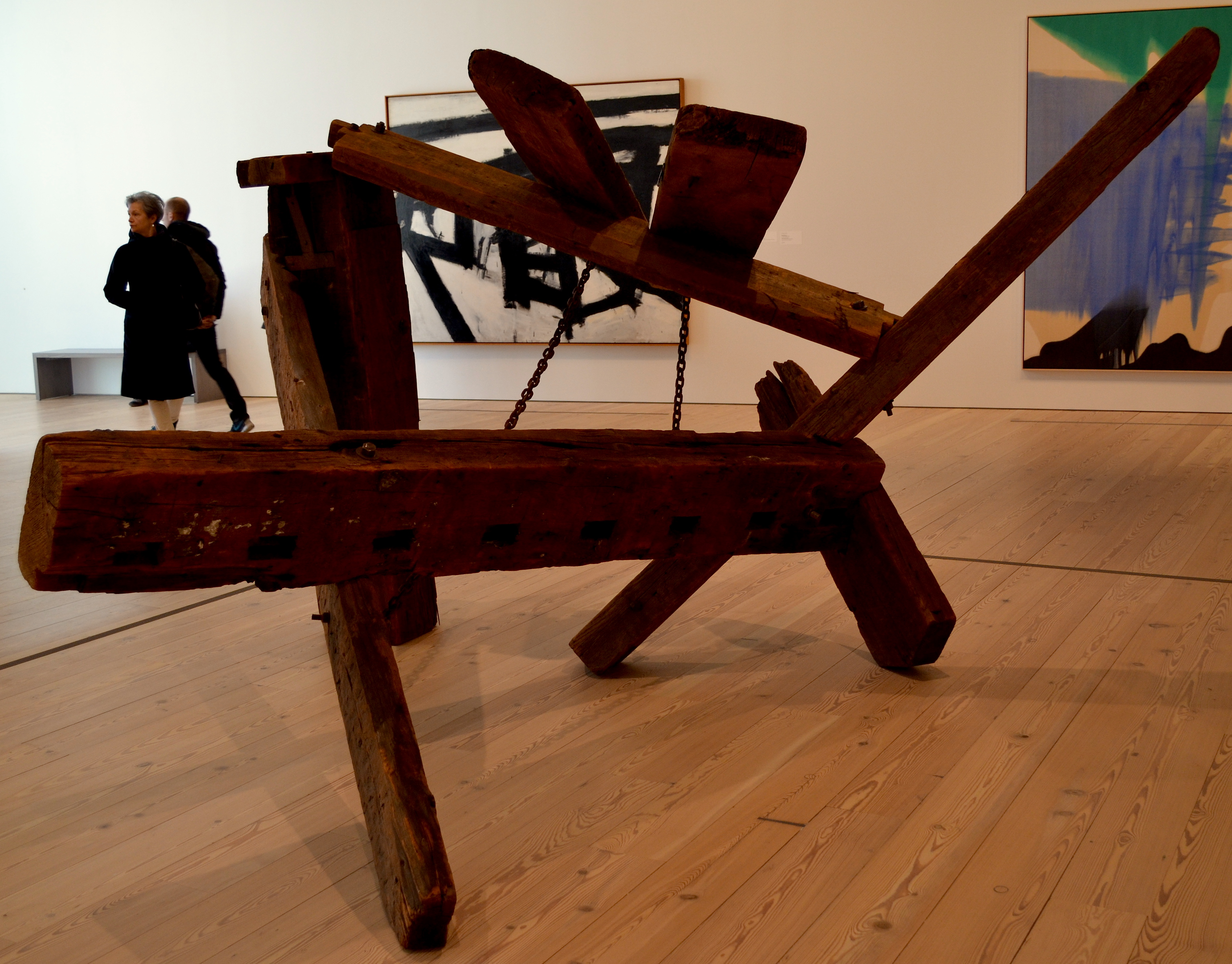
Comments